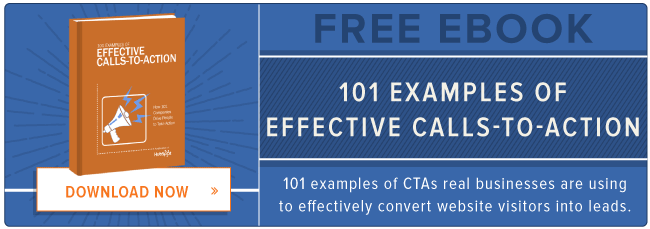
As you consider implementing a sponsored content offering, it’s important to remember that like any other type of ad inventory, sponsored content won't sell itself. Rather you need to have a sales team well-equipped to sell inbound to new and existing advertisers who may be less familiar with the methodology or benefits behind it.
Internally, adopting an inbound methodology involves different areas of the business, including stakeholders from your marketing department, audience development or circulation team, editorial team, and beyond. Perhaps most important however, sales is a key piece of implementing any new advertiser program. This team is on the front line talking to potential advertisers and often the only opportunity your company has to drum up new business.
Remember, just because your company has bought into inbound and sponsored content as a strategy doesn’t mean your advertisers have. But, shifting from more traditional advertising offerings to those involving inbound and sponsored content may involve a significant learning curve on the part of your sales team, and will likely require a good level of retraining. You need to spend time re-training your sales team to sell inbound campaigns by identifying what’s in it for the advertisers. Once they’ve gotten this, here area few ways you can really polish that pitch.
Polishing the Sponsored Content Pitch
1) Know Your Advertisers’ Language
Publishers and their sales team need to be able to speak in terms that are understood by, and resonate with, their advertisers. Therefore, your team needs to have a firm grasp of the marketing funnel and how it works, what campaign ROI metrics advertisers care about, and which audience insights matter to advertisers (whether it’s purchase intent, demographics, or another set of metrics). For instance, while many publishers value—and therefore sell—reach and audience demographics, what advertisers fundamentally care about is how that’s going to increase their MQLs and sales prospects. In other words, think about how you can best sell what advertisers care about most, and don’t leave it up to their team to guess or draw conclusions. They might guess wrong.
2) Be Able to Sell Your Database
No, your sales team isn’t literally selling your list. But your readers are one of your biggest assets. Your sales team needs to have a much deeper understanding of what’s most valuable about your readers in the eyes of advertisers. What are they clicking on? What’s their most common job role or level? How long do they stay on your site? Which readers have converted on an offer before? All of this information helps you identify the people in your database with real purchase intent to highlight for advertisers, and can be presented in a number of ways—personas, charts, or even infographics.
3) Know How to Map Your Content to the Buyer’s Journey
Make sure your sales team understands the buyers journey, especially as it applies to your readers and your advertisers. From there, they should be able to explain in detail what each piece of content you provide is, and how it aligns with that readers’ purchase decision process. Your sales team should also be able to communicate specifically how each reader will be nurtured from one stage to the next. In this conversation, if you’re able to include any funnel metrics you have available—conversion rates, expected ROIs etc—you’re in a good spot. Make sure to talk about the different types of offerings your company has (ebooks, guides, white papers, etc), what goals each achieve, and how your editorial team creates them.
BONUS: Use Case Studies
What better sales tool could you have but great examples of how you've run these campaigns before, and how successful they’ve been? Put together case studies that advertisers can easily see replicated for themselves. Include highlights of things like MQL identification, cost per MQL, advertiser conversion rates, or net ROI so advertisers can see the possible impact it may have on their own bottom line.
Selling sponsored content and inbound is a big shift for many publishers, and an even bigger shift for their advertisers. The best tool in your belt to get these programs up and running is a well informed and trained sales team. There may be a little more investment in the beginning, but these programs can pay out in dividends in the long run.




![The Anatomy of a Compelling Elevator Pitch [Infographic]](http://53.fs1.hubspotusercontent-na1.net/hub/53/file-2483307798-jpeg/elevator.jpeg)

